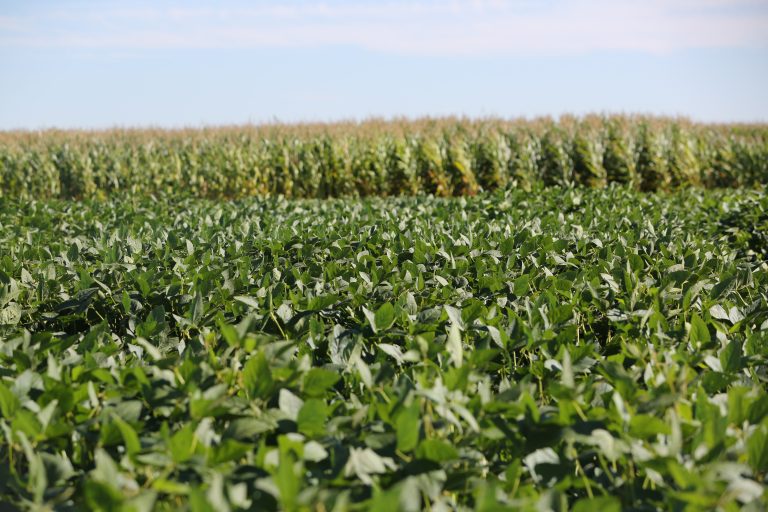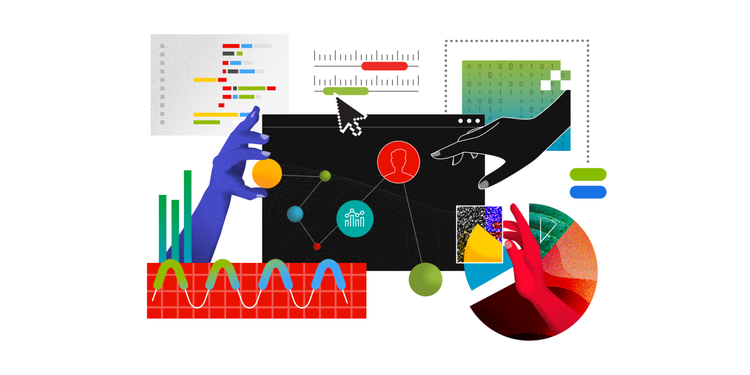Data Dive: Federally Qualified Health Centers
In this blog we dive into six new indicators about Federally Qualified Health Centers in the SparkMap Community Needs Assessment.
Connect our data to your database. Learn more about the SparkMap API.

In this blog we dive into six new indicators about Federally Qualified Health Centers in the SparkMap Community Needs Assessment.

Community Health Needs Assessments (CHNAs) have evolved in many ways over the last ten years. We’re excited to share 5 best practices we’ve learned for selecting CHNA data.

Introduction Commuting has important implications for our health, environment, and economy as discussed in a previous blog post. To follow up on the previous piece, this post further explores commuting patterns by taking a closer look at commuting distances. We will highlight some new analyses and modeling done on publicly available commuting data to learn…

In this Data Dive we explore diabetes prevalence data in the SparkMap Map Room and Community Needs Assessment. Dive in to learn more!

Learn more about two of SparkMap’s Air Quality data layers in this Data Dive. We explore both Ozone Levels and Particulate Matter (i.e., small particles in the air) as two indicators of community health.

This blog is part two of our Where’s the Food series. Our last blog, Where’s the Food? Part One: Finding and Using Data on Specific Food Retailer Locations discussed SparkMap’s USDA data on supermarket and farmer’s market locations. Now we’re shifting the focus to finding and utilizing data on food distribution rates. We will discuss: …

In this SparkMap Webinar, we provide informative definitions of race and ethnicity and discuss the importance of population change to community development. We also highlight the changing landscape of race and ethnicity in the United States and why it’s important. We wrap up by demonstrating how to find and interpret demographics information in both the…

The National Commodity Crop Productivity Index 3.0 is an invaluable tool to evaluate soil productivity. In this blog we discuss background information on the index, reasons to use it, and how to interpret it in our Map Room.

Focusing on trends in data over time is interesting and impactful. Understanding which job sectors have grown in the last five years, illuminating areas of increased health disparity, or tracking migration patterns within the country are important for community development, resource allocation, and legislative efforts. While it’s easy to assume data from the same sources…

In this piece, we consider some of the best practices of data visualization and offer 4 key tips to improve your data viz usage.